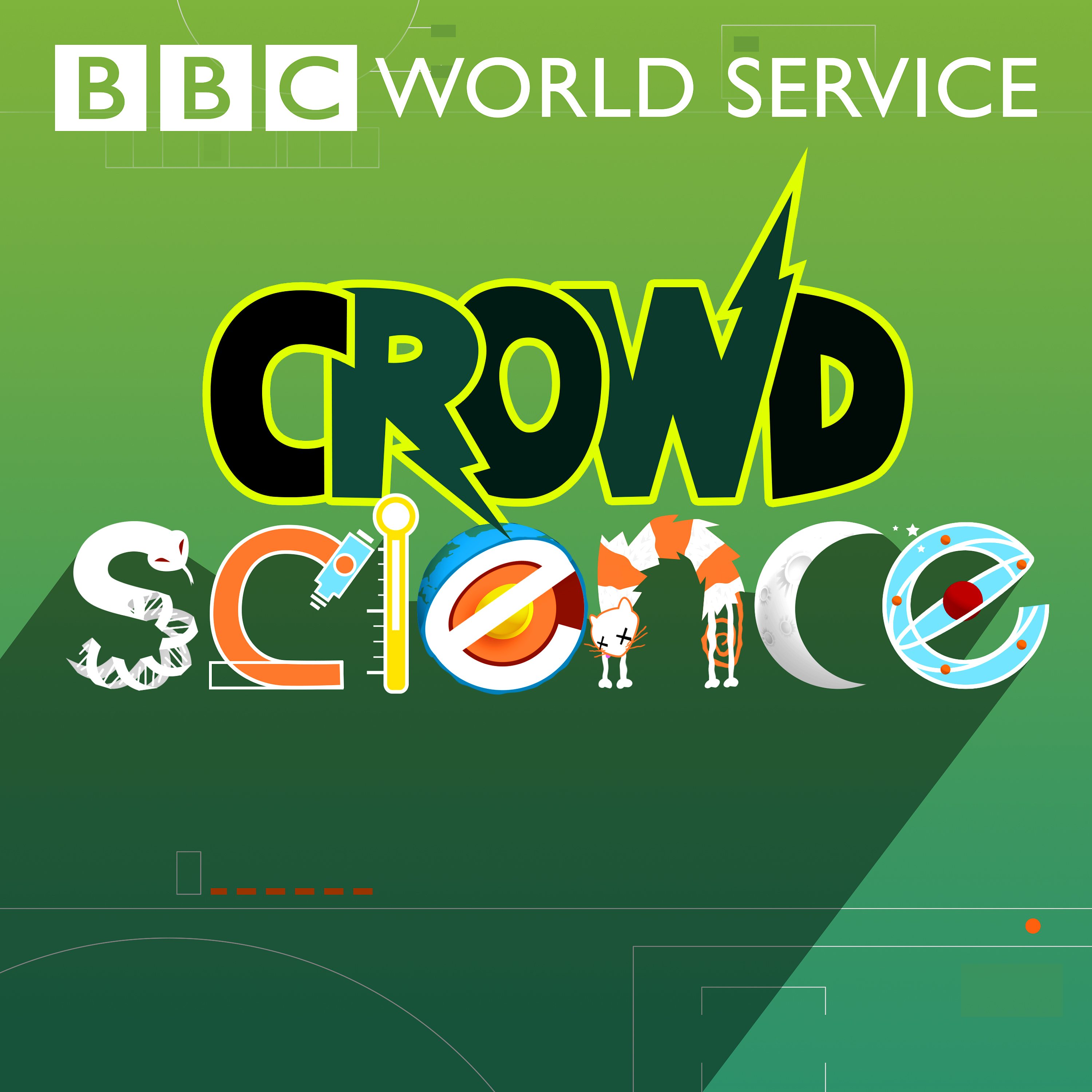
CrowdScience
Jun 25, 2021
It took a while before it was officially recognised as a major symptom of Covid-19, but loss of smell has affected up to 60 percent of people who have had the virus. And for a significant portion, smell continues to be an issue for weeks or months after their recovery. So what’s going on and how can you get your sense of smell back?
We tend to think of our sense of smell as something universal – if it smells bad to me, it probably does to you but that is not the case for CrowdScience listener Annabel, who wonders why things other people love to sniff, she finds disgusting. Anand Jagatia investigates the science of smell, gets up close to the world’s smelliest plant and finds out if smell training can help those with long-term issues after Covid.
Contributors Ellie Byondin, supervisor of the Princess of Wales Conservatory at London’s Kew Gardens Thomas Hummel, University of Dresden Carl Philpott, from the UK’s Norwich Medical School Sissel Tolaas, artist and smell historian based in Berlin Noam Sobel, Weizmann institute of science
Presented by Anand Jagatia and Produced by Marijke Peters for the BBC World Service

